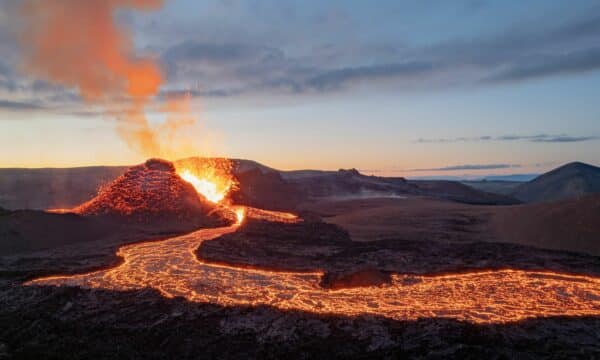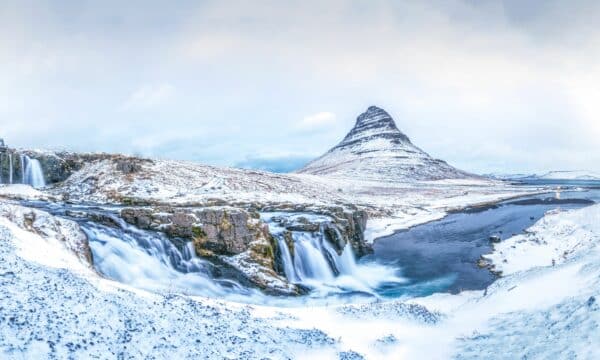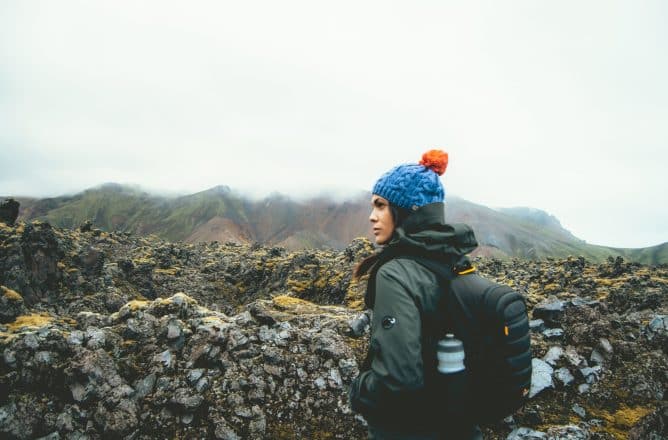
As your trip to Iceland draws nearer, no doubt your excitement will also be on the rise. Soon, you will be immersed in the boundless beauty of Icelandic nature with glaciers, geysers and waterfalls around every bend. But what should you pack to guarantee you have everything you need for your trip to Iceland? We’ve got you covered, no matter the season.
Quick pro tip! Why not use the index to this article as a checklist?
Pack for Iceland: All-Year-Round Essentials
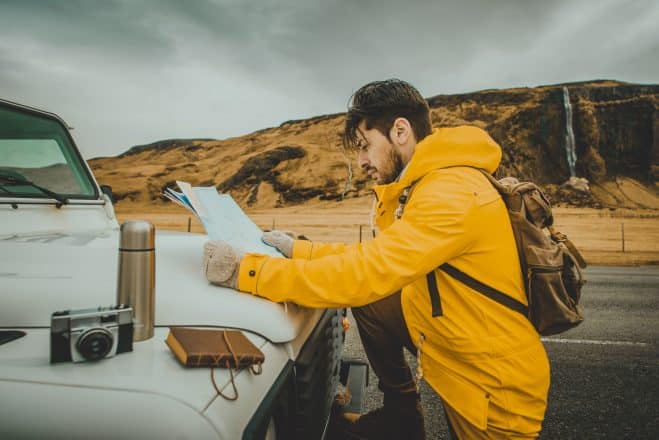
Whatever time of year you may be travelling, you will definitely need all that follows for any trip to Iceland so don’t leave home without these essential items.
Passport or National Identity Card
It might seem obvious but don’t leave home without your passport and other important travel documents. Your passport or national identity card needs to be valid for at least 3 months after your arrival date. Iceland is part of the Schengen Area and most travellers do not require a visa for any stay less than 90 days. For more information on visas, you can visit https://www.utl.is/en/visas.
Debit and/or Credit Cards

Iceland is largely a cashless country; most domestic transactions are carried out electronically via credit or debit card. Whether you bring cash or not is up to you but definitely don’t forget your payment cards.
If you plan on hiring a car, rental companies generally only accept credit cards although some debit cards do work especially if they are from the UK. This also applies to pre-paid rentals as a valid credit card needs to be on file for insurance purposes.
Self-service fuel stations require a credit card with a PIN number so be sure to have yours memorised before you set off.
Camera/Smartphone
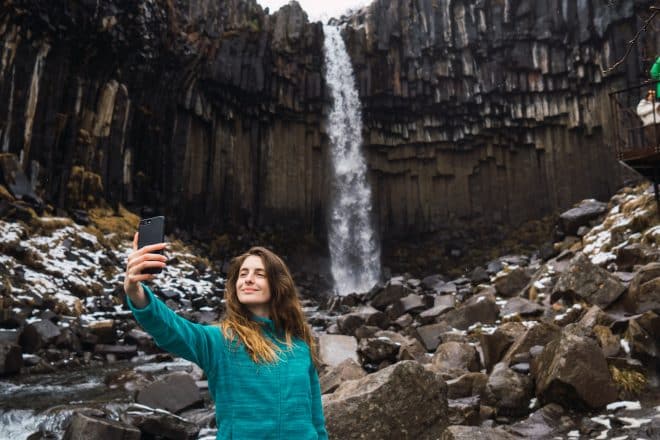
Iceland is a photographer’s paradise and there are endless opportunities to capture the perfect snap to make all your friends back home jealous (and get those likes on Instagram). Whether you’re an avid shutterbug or a smartphone opportunist, don’t forget your camera of choice.
Another pro-tip: if you are planning on capturing the elusive Northern Lights, you’ll definitely want to bring a tripod to steady your camera for those long exposure shots.
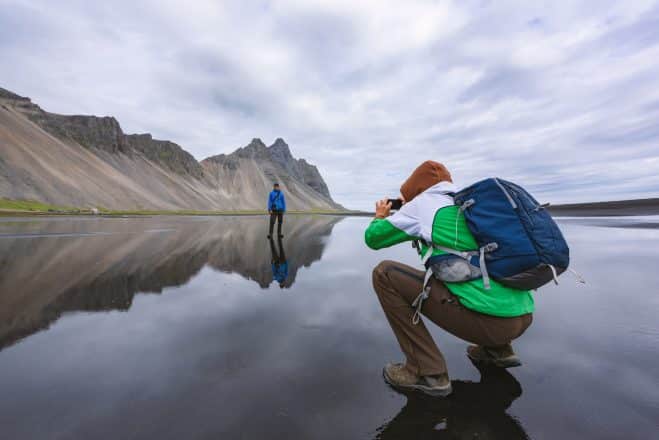
Chargers & Adaptor
Pack a European type C adaptor (220 volts) so you can charge your devices. If you forget, or you’re unable to acquire one, there are plenty of places to buy one here. It’s always worth checking with your accommodation staff too and many modern rooms even have USB charging fixtures.
Driving Licence
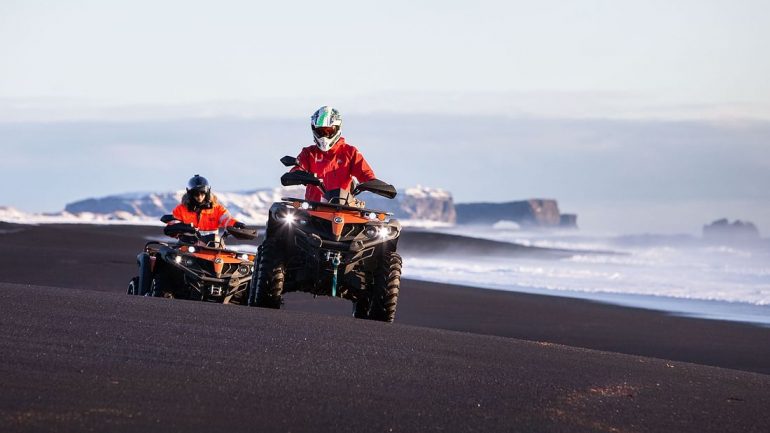
It is essential to have a valid driving licence to hire a vehicle in Iceland. Most companies also require you to have had a licence for over one year. A few companies also require the driver to be over 20 years old. For more information, it is best to contact your rental company directly or your travel advisor here at Traveo.
You also need a driving licence to operate ATV vehicles such as snowmobiles, quad bikes or buggies. So don’t be caught out without one. If you plan on bar hopping in Reykjavík or buying alcohol, your driving licence can also serve as a handy ID if you don’t want to carry your passport around with you. The drinking age in Iceland is 20 years old.
Waterproof Hiking Boots
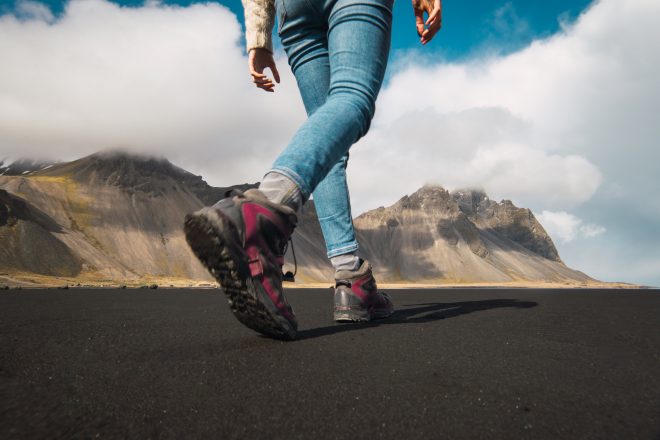
No matter what time of year you are travelling, the best choice for footwear in Iceland is undoubtedly a pair of waterproof hiking shoes. Even if you don’t intend on trekking over any mountains, many of the areas surrounding popular natural attractions are uneven and muddy, especially at the waterfalls. And there are a lot of waterfalls!
So, make sure any shoes you bring are waterproof to save you from soggy feet. Hiking boots are the most simple all-round choice as you can wear them in the countryside as well as in the city. Even on hot days in the summertime, the temperature is rarely stifling so your feet won’t suffer a sweaty fate.
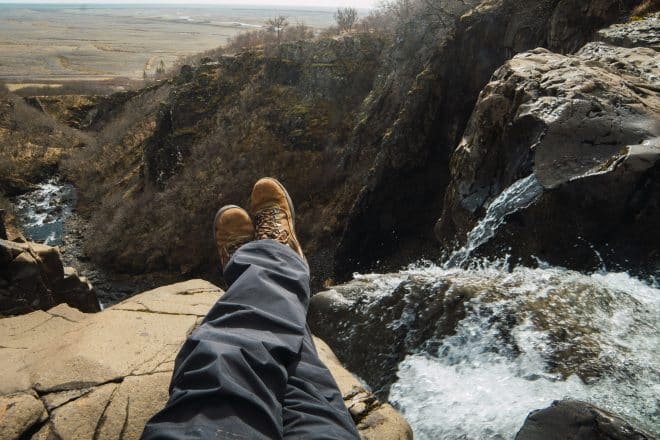
If you intend on spending most of your time in the city and maybe a few spots on guided tours, you could get away with brand boots such as Doc Martens, Timberlands or the like. However, often the tread on these types of shoes are often poor for dealing with inclines or snow and ice.
Good Socks
Whatever footwear you choose to bring, you can instantly level up your podiatric comfort with a good pair of socks (but definitely bring more than one pair). If you’re planning on doing a lot of walking, a comfy set of socks could make the difference between blissful rambling or blisters. Get some Icelandic sheep’s wool socks here for guaranteed warmth and a nifty souvenir to take back home.
Swimsuit (& Towel)
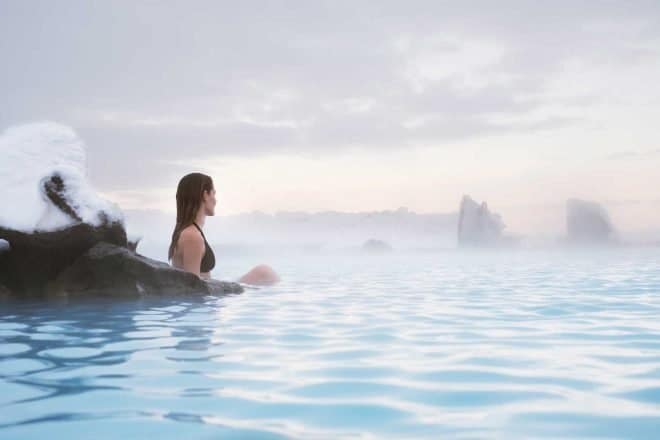
Iceland is a country defined by water in its many forms, be it geysers, glaciers, seascapes, lakes or waterfalls. Volcanic activity deep underground provides the country with naturally heated geothermal waters which the locals have made use of since settling here over 1000 years ago.
Whether you’re planning to visit the Blue Lagoon, Mývatn Nature Baths or any other of the numerous geothermal spas across the country, you’ll need a swimsuit. Even if you haven’t planned a spa visit, it’s best to bring a swimsuit anyway as there are many local outdoor pools wherever you go in Iceland; there are 17 in and around Reykjavík alone. It’s a perfect way to relax after a day of sightseeing.
Waterproofs
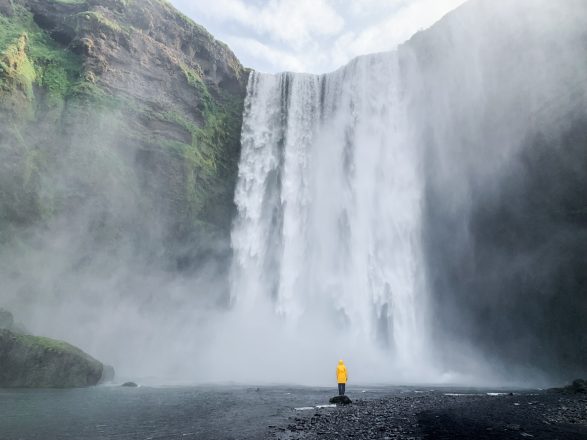
The Icelandic weather is notoriously changeable and it’s possible to experience blazing sunshine, hail, snow and then sunshine again, all in one afternoon. A great way to dress for this kind of chaos is by layering with the most outside layer being waterproof.
Waterproof shells are versatile all year round as when worn over a thick jumper or leggings, they insulate well but can also breathe in the warmer months. If you’re hopping on and off a tour bus, a great trick is to wear your waterproofs when you get off the bus, so you’re protected from cold winds and rain outside but not overheated in transit (and your seat won’t get wet!).
So, whatever the time of year, invest in a waterproof jacket and trousers to guarantee your comfort while exploring Iceland. They’re often light and don’t take up too much room in luggage so there’s no excuse!
Hat, Scarf & Gloves
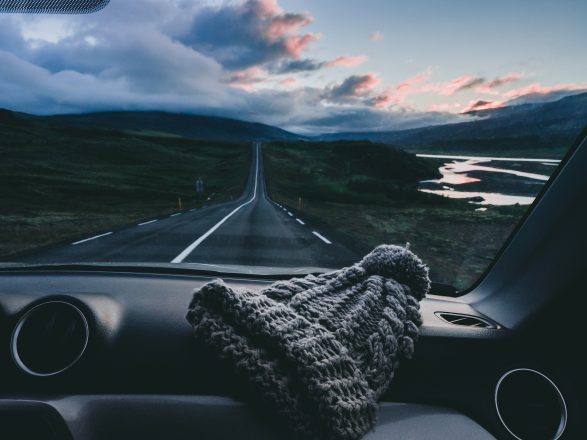
Although these are more essential in the wintertime, hats, scarves and gloves are great to pack for a trip to Iceland, no matter what time of year. The wind is a persistent element in Iceland and windchills can often make it feel colder than the thermometer might indicate. So consider packing these lightweight accessories all year round.
Sunglasses
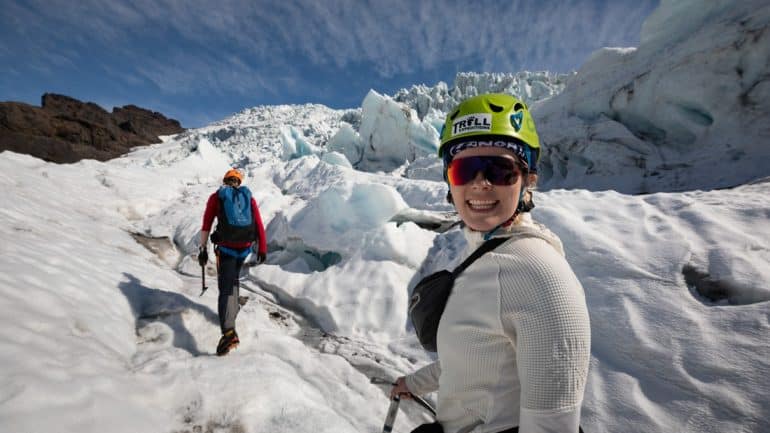
Sunglasses can come in handy in Iceland, especially if you intend to drive. Expecting the Midnight Sun, it might not come as a surprise that sunglasses are useful in the summertime but what about in winter when there are very few hours of daylight?
Sunglasses can be crucial in the winter. Even though the sun does not come out for very long, when it does shine brightly, it is often very low in the sky which can easily dazzle you while driving. So, whatever the time of year, don’t forget your sunnies. If you do, there are many places you can buy a cheap pair, for example at H&M or New Yorker (located at the malls Kringlan and Smáralind) or the Kolaportið flea market in Reykjavík.
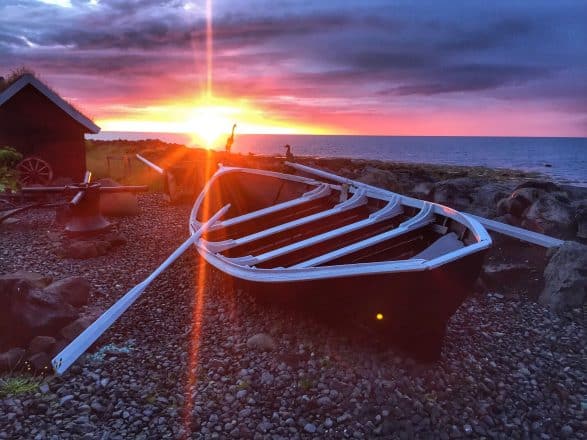
Medication
Don’t forget any prescription medication that you might need during your stay in Iceland. Furthermore, many over the counter medicines that are available in other countries are not on offer here so be mindful of any pills or potions you might need.
What to Pack for Iceland in Winter
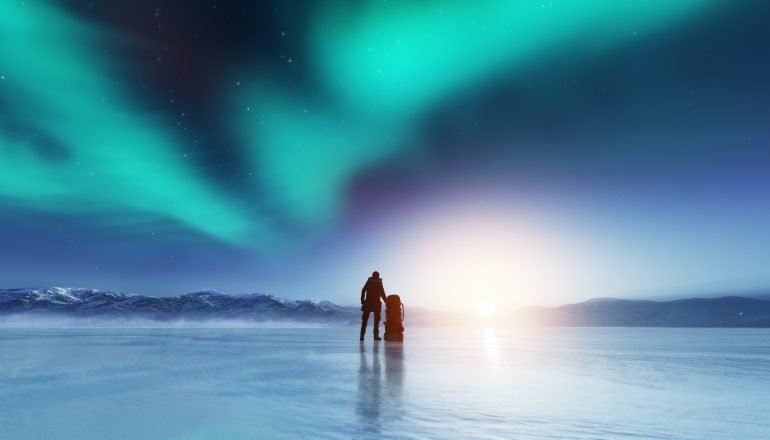
As its name suggests, Iceland can get pretty cold in the winter. Average temperatures hover around 0 degrees celsius (32 Fahrenheit) but can range from -10 C to 10 C. The weather can also fluctuate greatly across the country. For example, the weather in Reykjavík is often a lot warmer than what you might experience on the Golden Circle Tour which is not far from the city but is further inland and at a higher elevation.
Although the aforementioned temperatures might not seem too shockingly cold, especially for those arriving from Canada or the US Midwest, the wind is more often than not icy and biting. Wind chills, even in summer, can make the temperature feel a lot lower than it really is and it’s better to be prepared. What follows are suggestions on how to do that so you are the best informed for when you pack for Iceland in winter.
Parka Winter Coat
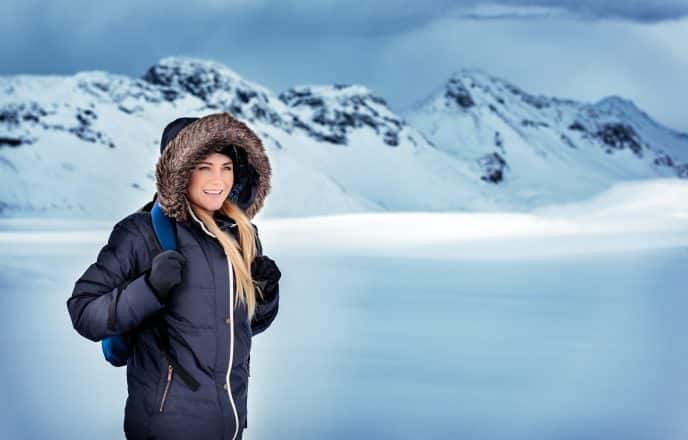
Undoubtedly, the best protection from the cold and wind has got to be a good quality parka winter coat with a hood. Most Icelanders rely solely on a parka to get them through the winter months.
In contrast to the bitter cold outside, indoors are well-heated and positively toasty. A heavy parka can provide robust protection outside and be easily shed as you come inside to reveal more casual attire that won’t leave you feeling too cumbersome.
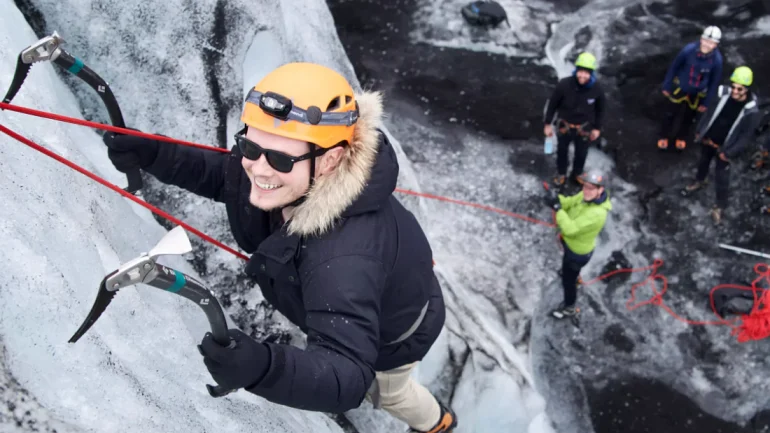
Thermals
Icelanders get through the long and cold winters by masterfully layering clothing and if you’re planning on spending a lot of time outdoors, your primary layer should be thermals. Long-johns and long-sleeved thermal undergarments provide excellent insulation to the icy temperatures and biting winds and we highly recommended you bring these with you. Their body-hugging nature also carries the added benefit of not being too bulky, so you can stay warm but still move with ease.
Crampons
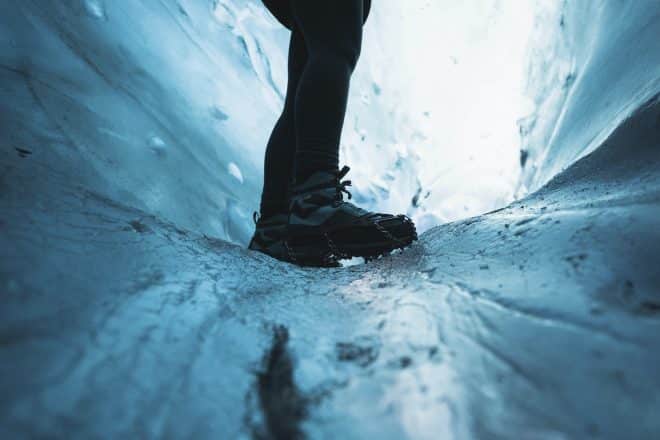
You’ve arrived well-prepared with your waterproof hiking boots but in winter, you can level up with a set of crampons. These nifty accessories stretch over your shoes to give a better grip on icy surfaces, perfect for winter conditions in the wilderness.
If you plan on doing a lot of walking in the wintery countryside, crampons are a must but otherwise, they are not essential, especially if you are mostly staying in town. Most tour providers supply their clients with crampons if needed, for example on glacier walks, so don’t despair if you forget yours.
Crampons are also readily available at supermarkets and petrol stations in case you can’t find any in your country before coming here.
What to Pack for Iceland in Summer
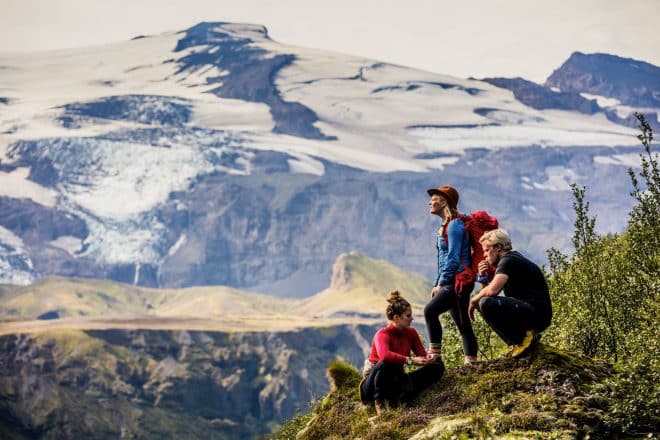
Average temperatures during the Icelandic Summer are usually between 8 C to 20 C and as already mentioned, temperatures can fluctuate wildly depending on where you are in the country. Be sure to check the weather forecasts and come prepared with the following items.
Sunscreen
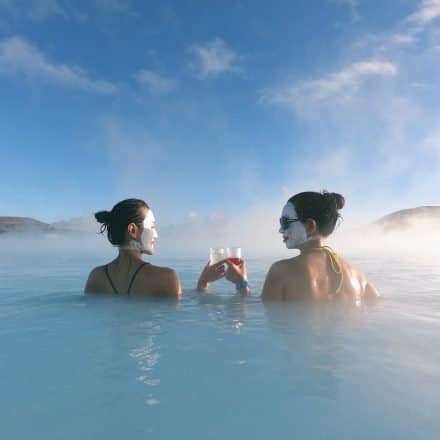
It may come as a surprise but you should definitely pack some sunscreen for visiting Iceland in the summer. Windchills can often disguise the sun’s strength and it’s easy to get burned on sunny days.
Sunscreen can be expensive, especially if you need to buy some in a small town. So be prepared, and bring some from home. If you need to find some here, your best bet is one of the big supermarkets, like Bónus, for the best deals, otherwise, you can always find a pharmacy.
Eyemask

Countless visitors flock to Iceland to experience the seemingly endless golden hours that characterise the Midnight Sun. However, many fail to consider what effect the never-ending hours of sunlight will have on their sleep.
Icelanders swear by eyemasks to get a good night’s sleep and, now you know, you can too!
What NOT to Pack for Iceland

Don’t bother bringing an umbrella! They don’t work here. You will rarely see Icelanders using an umbrella as the wind all too quickly turns them inside out. The weather is also so changeable, that if you are caught in a downpour, it is likely to subside quickly.
Leave heavy luggage at home. Chances are you are going to be travelling around the country and switching hotels frequently. That means packing and unpacking each night and hauling your suitcases and backpack around. So try to limit the number of heavy items to essentials. For example, leave the heavy Encyclopedia at home and take a lightweight paperback instead.
Pack for Iceland Summary
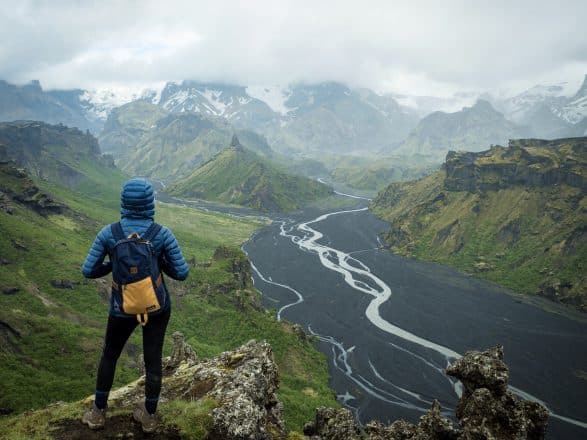
No matter where in the world you are travelling to, there are a few essential items you should never forget to pack. These include a passport, debit or credit card, driving licence, smartphone or camera, chargers and adapters, and your medication.
When visiting Iceland, you can add a few all-around items to this list. Waterproof hiking boots and waterproof outer layers are essential (there is always a chance of rain). So are good socks, a hat, gloves, and a scarf, no matter the season. You should also remember your swimsuit and towel if you want to relax in geothermal water. And sunglasses for the low winter sun or the eternal Midnight Sun of the summer.
In the winter, pack warm clothes, such as a parka and thermal layers, to keep you toasty under the Northern Lights. And don’t forget the crampons! In the summer, protect yourself from the sun by bringing your sunscreen for the daytime and an eyemask for the nights.

